Over many years, researchers have noticed a typical pattern in nature: most species are not extremely rare but not very common. Only a few species are widespread and abundant. This pattern, known as “global species abundance distributions,” has been observed in well-studied groups like birds. However, researchers still have much to learn from other groups like insects.
A team of international researchers led by the German Centre for Integrative Biodiversity Research, Martin Luther University Halle-Wittenberg, and the University of Florida studied this pattern. They published their findings in the journal Nature Ecology and Evolution. Their research emphasizes the importance of monitoring biodiversity to understand how species are distributed on Earth and how these distributions change over time.
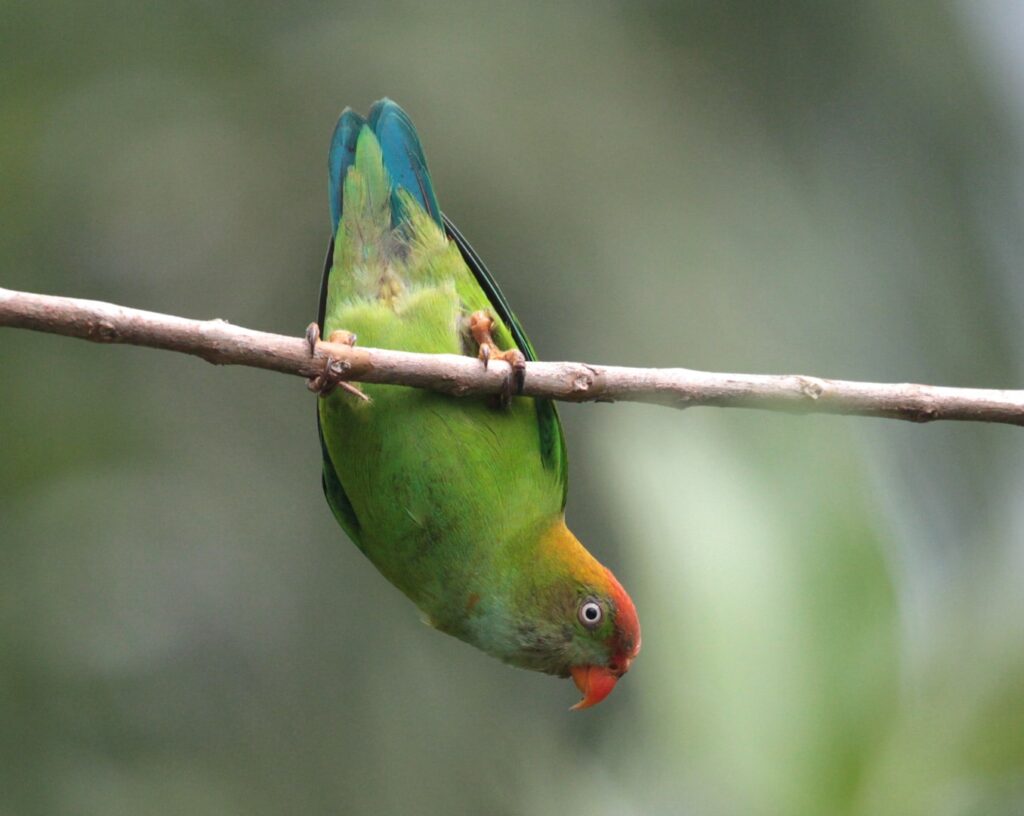
Charles Darwin posed a similar question over 150 years ago in his book “The Origin of Species”: Why do some species become widespread and numerous while others have a limited range and are rare? This study attempts to answer that question by examining how common and rare species are distributed globally.
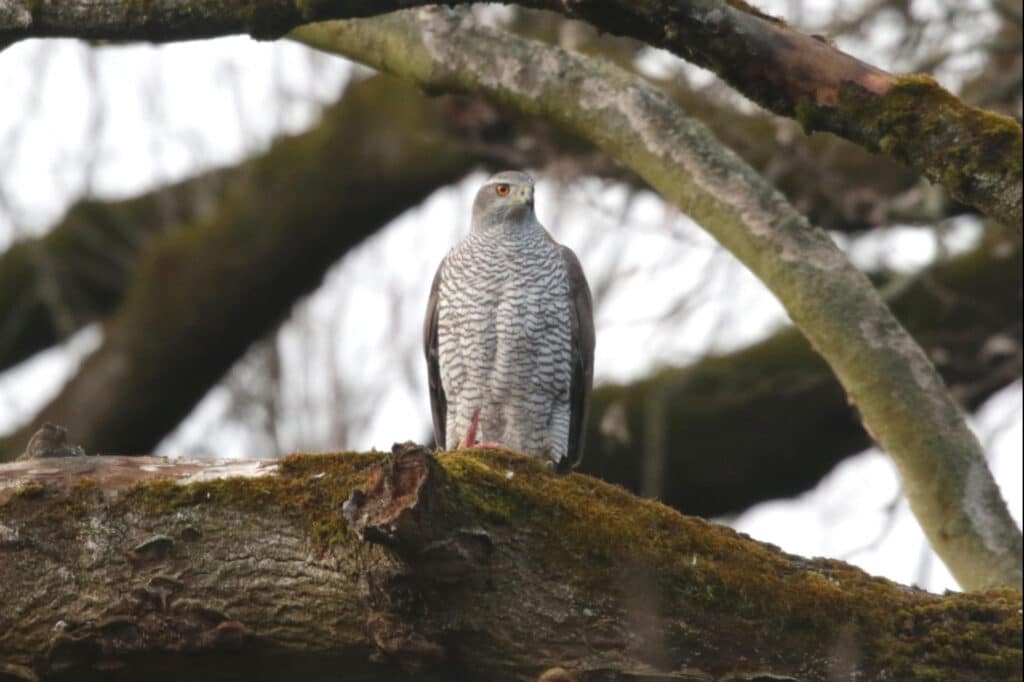
In the past, there were two main ideas about how species are distributed in nature. One idea, proposed by R. A. Fisher, suggested that most species are scarce, and the number of species decreases as they become more common. The other idea, from F. W. Preston, indicated that only a few species are rare, and most species are somewhat common. But, despite years of research, researchers needed to know which idea was correct.
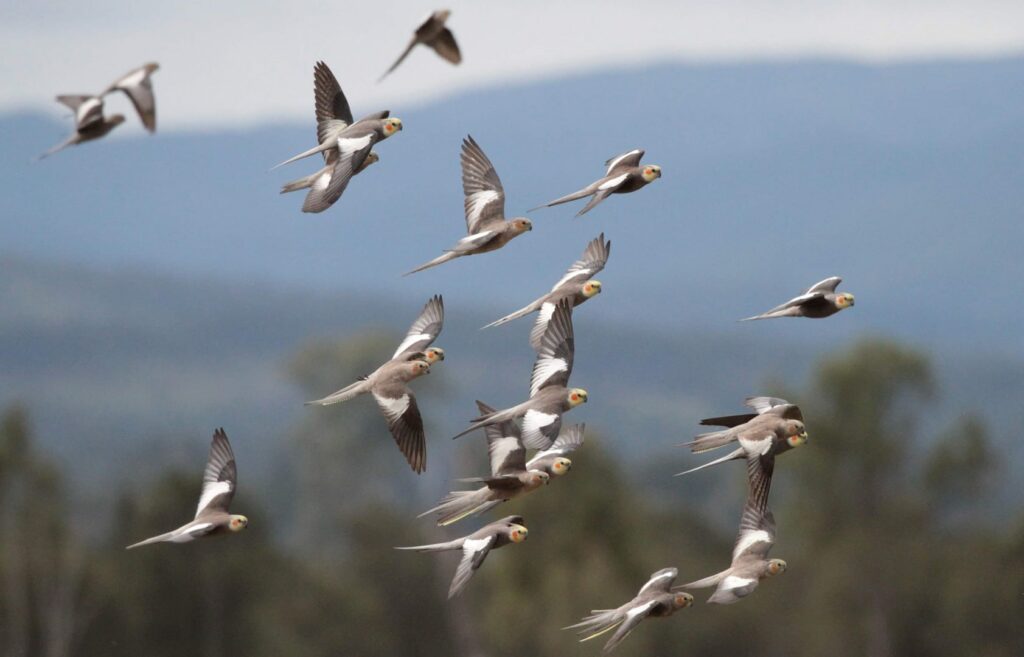
To figure this out, researchers needed data. So, the researchers in this study used information from the Global Biodiversity Information Facility (GBIF). They collected data from over 1 billion observations of different natural species from 1900 to 2019.
First author Dr Corey Callaghan. He began his study at iDiv and MLU and is now working at the UF. He said, “The GBIF database is an amazing resource for all sorts of biodiversity-related research, particularly because it brings together data collected from professional and citizen researchers worldwide.”
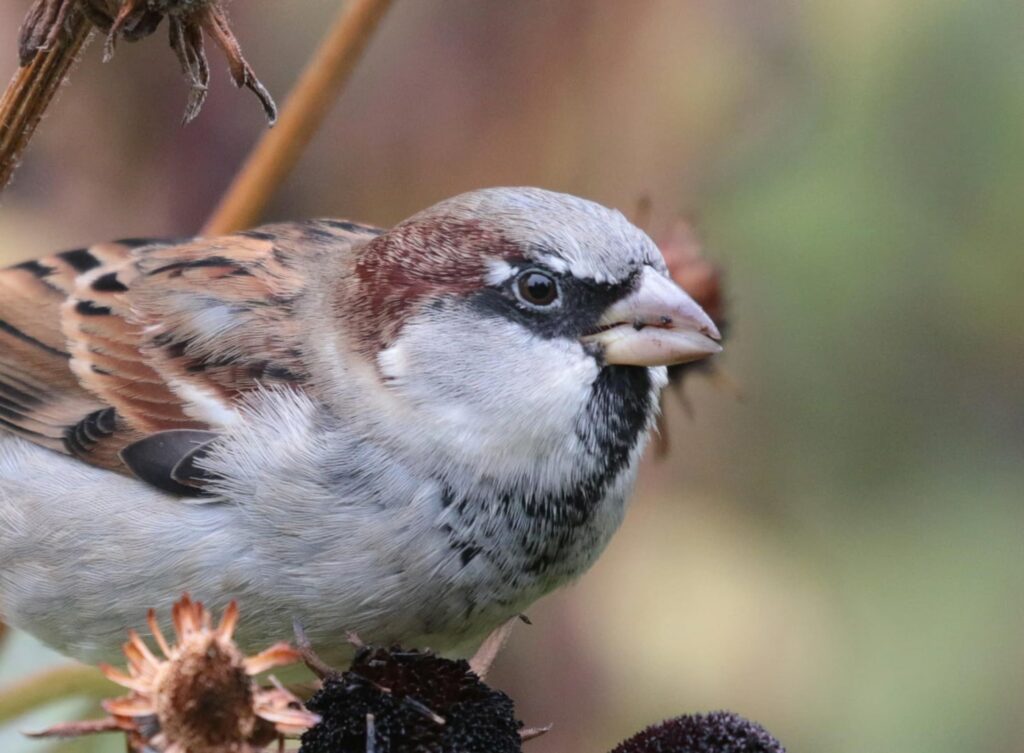
Callaghan and his team organized the downloaded data into 39 groups, like birds, insects, and mammals. Each group looked at how many species and how common or rare they were.
They discovered a pattern that seems true for many species groups: Most species are not super rare but also not very common. This pattern matches the idea from the log-normal model. However, they also noticed that they could only fully see this pattern for a few groups, like cycads and birds. For the rest, there wasn’t enough data.
They found that if you have little data, it might seem like most species are very rare. But as you gather more observations, the picture changes. You start to see that more species are not extremely rare. Preston predicted this shift in perspective, where you reveal the actual distribution of species abundance a long time ago, but is only now being shown on a global scale for the entire planet.
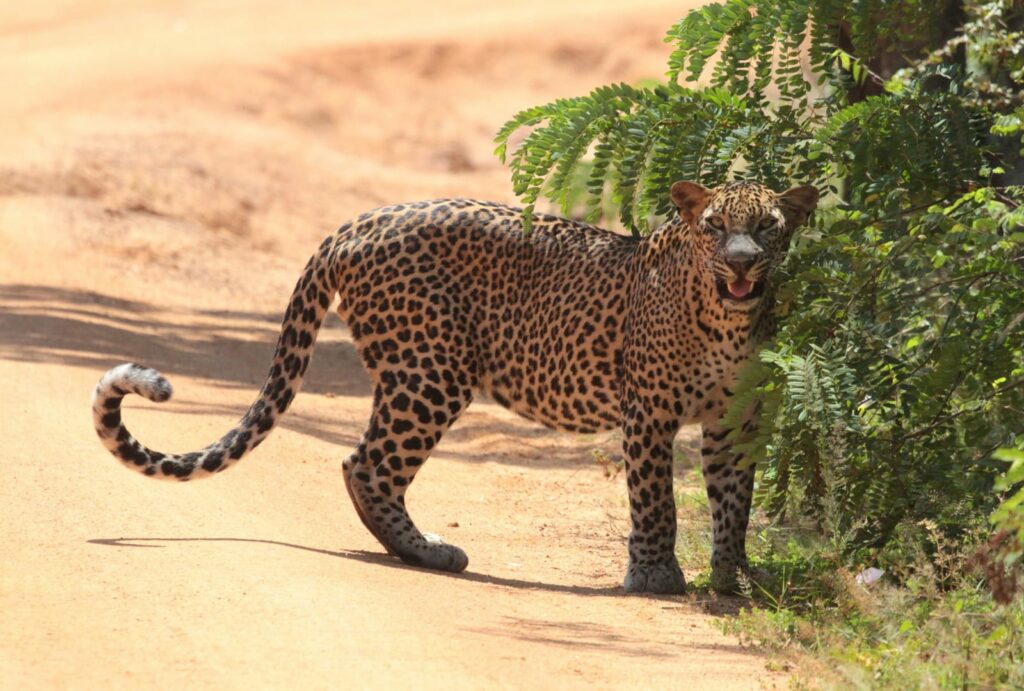
Recording observations for many years has helped to understand some species groups, but there’s still much to learn. According to Callaghan, GBIF, and data sharing are crucial for the future of biodiversity research.
This study’s findings let researchers see how much we know about different species groups. It helps answer the question: How many species are there? For birds, we know most of them, but for insects and cephalopods, there’s still a lot we don’t know.
The researchers believe their findings could help answer why some species are rare while others are common. The pattern they found might give us clues about why this happens in nature. But there’s still more research to do. Humans are changing the Earth’s surface and how many species there are. They’re making common species less common. This makes the researchers’ job harder because they must understand natural changes and how humans affect things. It could take a while before a complete answer to Darwin’s question.
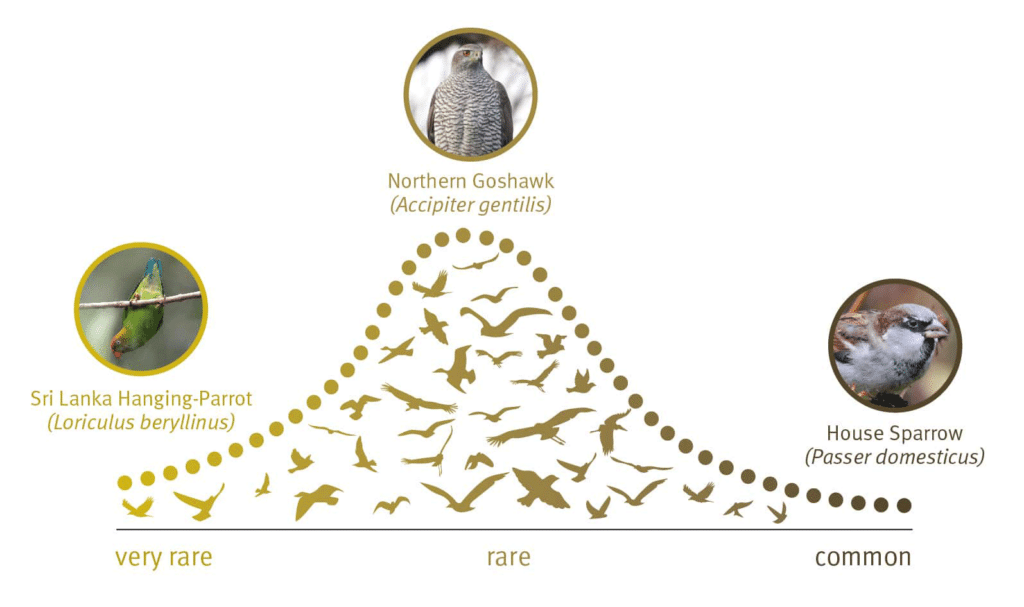
Journal reference:
- Callaghan, C.T., Borda-de-Água, L., van Klink, R. et al. Unveiling global species abundance distributions. Nature Ecology & Evolution. DOI: 10.1038/s41559-023-02173-y.
